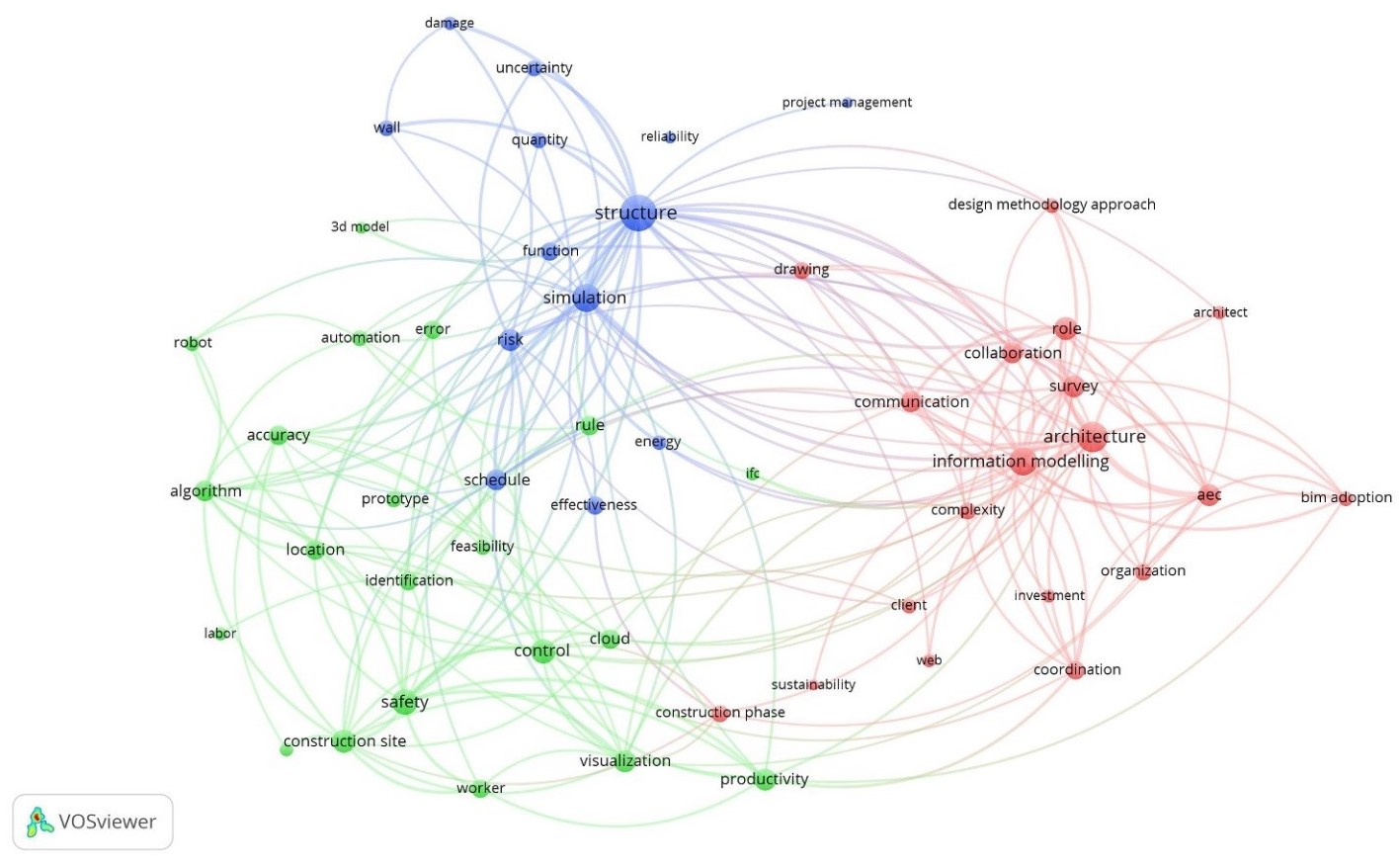Reviewing construction automation
Construction automation has the potential to increase construction productivity. Exactly how, and the possible benefits and challenges of construction automation, are not clear for everyone. In order to increase this understanding and to help focus industry efforts, and research efforts to help industry, a data driven review through text mining on scientific literature and social media with respect to the use of automation technologies in construction was accomplished. In research, it was found that scientific research work was mainly focused on developments that can be grouped as 1) Construction Robots and Automation Systems, 2) Construction Managerial Objectives, and 3) Building Information Modelling Based Collaborations. In industry, an active interaction was found between company investment on technologies, market share and the final construction product. It was also found that there is a lack of integration of various automation technologies, resulting in problems regarding information interoperability, information security and contractual responsibility. Major benefits and challenges were discovered by contextual interpretation of text. In general, the automation of construction provides improvements in 1) the efficiency of work processes with respect to different objectives, 2) the communication and collaboration between stakeholders, and 3) a potential to increase market scale. The challenges with which the industry is faced are: 1) a lack of maturity of use of information, 2) a lack of company investment, and 3) a lack of economic competition.
In order to realize the benefits from making use of construction automation and to overcome the challenges to do so, the suggestions proposed are 1) Reengineer business structures and processes, 2) Increase the scale of adoption, 3) Assess project performance, 4) Develop building information protocols, 5) Develop appropriate legal contracts, and 6) Integrate building information through standard data schema. By acting on these suggestions, the construction industry will help to accelerate the automation of their processes and the gains in terms of productivity, which can be translated in to winning market share, increasing profits or both.
It should be highlighted that the focus of this research is to provide an overall picture of construction automation; however, some perspectives that were not obvious from the text mining results (but from details in the literature) are still worth mentioning. For example, besides the need of scale of adoption and standardization, complexity and uniqueness is an important issue to be addressed during the implementation. Mass customization, rather than mass production, is nonnegligible considering the uniqueness of each construction project. It is foreseeable, although not well-known so far, that BIM’s parametric capacity on modelling complex shapes and the diversity of robot-driven operations will join in force to contribute to construction automation particularly on mass customization of projects. It is difficult to observe these hidden issues from the text mining results, but they are tightly associated with the main trends identified as a premise to understand construction automation. While construction automation is taking place widely nowadays, it is imperative from the start to build the common knowledge to clarify the major benefits and potentials with the help of data-driven review methods, thereby to establish a comprehensive understanding of construction automation.

link to the full research paper